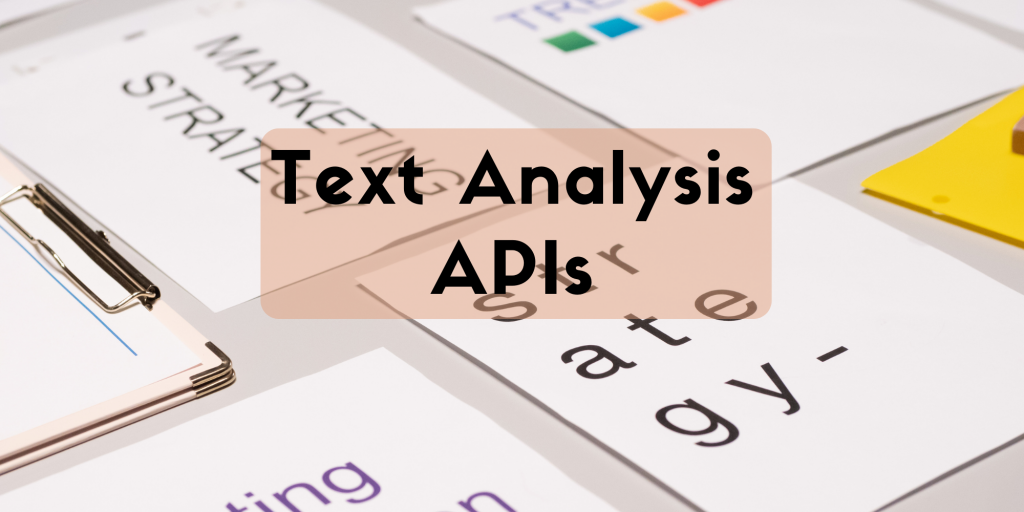Are you looking for a replacement for Azure? Keep reading to learn about the finest text analytics APIs.
The process of examining texts to obtain machine-readable facts is known as text analysis. Text analysis is a technique for converting unstructured text into structured data. The procedure works by slicing and dicing masses of unstructured, diverse documents into manageable and analyzeable data components. Furthermore, without having to spend a lot of money, this technology allows businesses to review and recognize significant data in real time.

Azure is one of the most well-known APIs on the internet. The API provides a sentiment score based on classification approaches for English, French, Spanish, and Portuguese texts. When comparing documents, the API generates a list of significant talking points as well as subjects in the given text.
But, Exactly What Is An API?
APIs are software that allows two programs to communicate with one another. This technology allows you to automate a wide range of tasks, saving you money, time, and effort while also giving you quick access to required output and new data streams.
We understand that deciding which API is suitable for you can be challenging because there are so many on the internet. If you’re looking for an Azure alternative, we’ve found that these APIs are a useful business tool. Take a look at them and give them a try.

1. Klazify
Klazify delivers relevant info in real-time using machine learning (ML) and natural language processing (NLP). This API divides the text present in the content and meta tags of a website into three groups.
Klazify may also retrieve customer information via an email address, a URL, or a domain name. Employee revenue ranges, logo APIs, location, tags, apps used, and industry type are all accessible using this API. The data is up to date and accurate.
Klazify uses the same technologies as Facebook, Pinterest, and other large ad networks to create over 385 topic groupings. A variety of programming languages, including JSON and Python, can be used to retrieve the data.

2. Google Cloud Natural Language API
The Google Cloud Natural Language API reveals the structure and meaning of text by delivering machine learning models via an easy-to-use REST API. It can be used to extract information about people, places, events, and more from text documents, news articles, and blog posts, as well as to understand product sentiment on social media and interpret intent from customer dialogues in a call center or messaging app.

3. Natural Language Toolkit
This API focuses on education and research. As a result, it’s jam-packed with useful resources including data sets, pre-trained models, and a textbook to get you started.
It does, however, have some limitations. This may not be the ideal option if you need to examine and extract data from particularly complex data sources. This API, on the other hand, will be highly useful if you want to text analyze and categorize more basic sources. In the end, it all comes down to your requirements.
Now that you have these three fantastic options to choose from, go ahead and test them all out to see which one you like.

